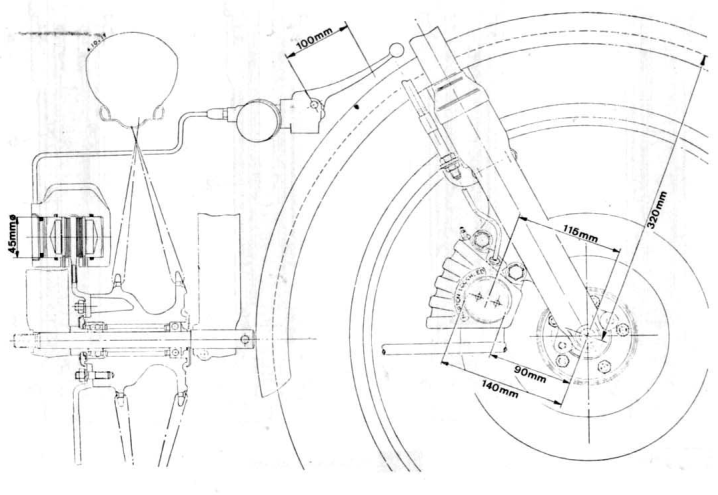When lacing up the front wheel, the rim isn't central to the flanges of Norton's disc brake hub 062867. This causes an undesirable stress pattern in the spokes.
I am pondering, if the wheel is laced such that the rim is central to flanges, would it be possible to machine the hub and provide spacers for fitment in the Roadholder fork, while retaining the disc brake?
A different type of caliper may be required.
Please share your views. Has someone performed this mod?
- Knut
I am pondering, if the wheel is laced such that the rim is central to flanges, would it be possible to machine the hub and provide spacers for fitment in the Roadholder fork, while retaining the disc brake?
A different type of caliper may be required.
Please share your views. Has someone performed this mod?
- Knut
Last edited:


